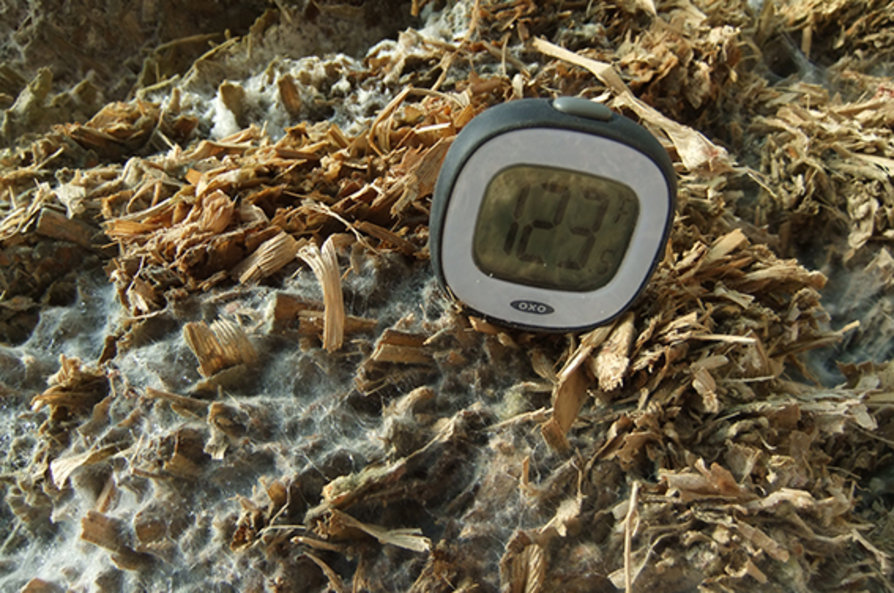Aerobic stability of silage
10 August 2017
 Thirty years ago aerobic spoilage was rarely encountered. Today, aerobic spoilage or silage heating is estimated to cost the industry approximately $169 million per year. Silage Solutions’ Dr Dave Davies discusses how to avoid, and initially, what has changed.
Thirty years ago aerobic spoilage was rarely encountered. Today, aerobic spoilage or silage heating is estimated to cost the industry approximately $169 million per year. Silage Solutions’ Dr Dave Davies discusses how to avoid, and initially, what has changed.
"Silage fermentation quality has improved dramatically over the decades, with levels of the undesirable products ammonia-N and butyric acids being much lower. Consequently these silages have a much sweeter smell, combined with greater palatability and intake. They also have more nutrients for the rumen bacteria to use. However, these nutrients are also a source of energy for the yeasts that start the process of aerobic spoilage on the bunker/pile face.
"Better silage quality not only has the potential to improve animal performance but unfortunately increases the risk of aerobic spoilage. So what is the solution? The most cost effective by far is clamp management both during filling and feed-out; in fact it is for free."
Dr Davies recommends the following eight point plan.
- Prepare the bunker/pile well, use side sheets.
- Ensure the forage is spread in even layers in the pit, no more than 6” deep and consolidate as you go. Most farms need two tractors on the pit, and it is money well spent.
- Ensure the packing tractors have narrow wheels; wide wheels are used to reduce soil compaction, you want maximum compaction.
- Ensure chop length is adapted to crop dry matter; 4” for forages below 22% DM; 1” for 32% DM.
- When packing, try and fill the sides at a 30 degree angle to the side-wall to improve compaction in this vulnerable zone and reduce the problems of shoulder and wall waste at feed-out.
- When finished seal quickly but well. Ideally use a thin oxygen barrier sheet on top, then pull the side sheets over and finally the top sheet.
- Use sand bags touching along the walls, this improves the seal and always ensure there is top weight all over, the more the better. You are trying to trap the carbon-dioxide produced - why? During the first few hours and days some carbon dioxide is produced in the silo, it is inevitable so use it to your advantage. It is in fact a silage additive for free. Carbon dioxide reduces the growth of yeasts and moulds in the first few days of storage, the better you seal the bunker/pile the more is trapped, reducing the growth of these undesirable microbes.
- If you still have a problem year-in, year-out and you are doing everything recommended above, then an additive may be the solution.
Volac’s Dr Shirley Heron says: “Don’t choose an additive that compromises silage fermentation quality to improve aerobic stability. Poor quality silage never heats. Chemical preservatives, such as salts of sorbate or benzoate, are well proven inhibitors of yeasts and moulds that start the aerobic spoilage process, however, there are now biological alternatives, the most common being based on heterofermentative lactic acid bacteria. These work by converting lactic acid to acetic acid which is inhibitory to yeasts. Whilst this increases fermentation dry matter losses slightly, the potential savings on reduced aerobic spoilage dry matter losses should more than outweigh these.”
She adds: “Don’t underestimate how much silage heating is costing your business; as well as the high invisible dry matter losses from carbon dioxide production, there are the direct costs associated with visibly moulding silage that has to be discarded, plus the losses associated with reduced silage quality, in particular reduced ME content associated with feeding heating silage which does not appear mouldy.”